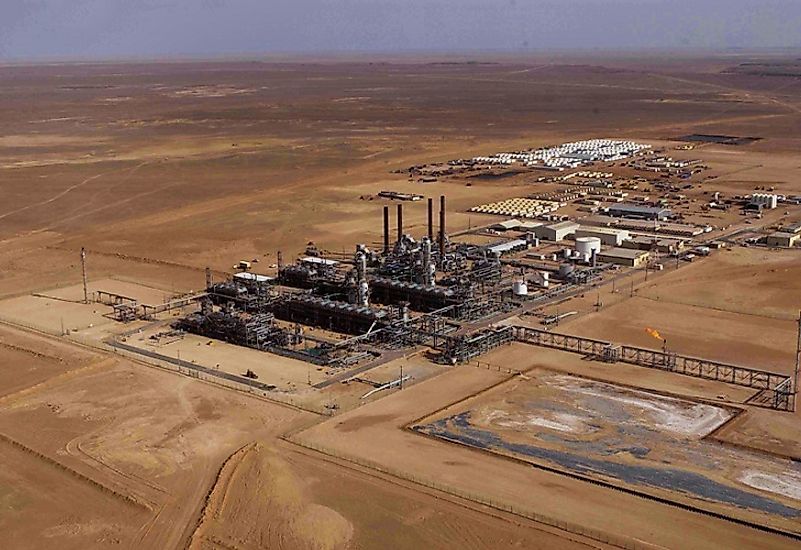Largest Increases In Export To Import Ratios Since The Year 2000 By Country

International trade contributes significantly to the growth and development of economies around the world. International trade can be defined as the exchange of goods, services, and other capital goods across the country’s border or in the global market. The trade consists of export of goods to the global market and import of goods into the country. There are three major indicators of international trade. Namely, these include exports divided by Gross Domestic Product (GDP) for the value to be comparable across countries, imports divided by GDP to also make the value obtained similar across countries, and exports divided by imports where the value shows whether the country has more imports than exports and vice versa. Exports have positive effects on the balance of trade while imports have a negative effect. Countries with high exports have a positive balance of trade because of the higher export to import ratio while countries with higher imports than exports have a negative balance of trade because of the lower export to import ratio. Some of the economies with the largest increase in export to import ratio since the year 2000 are looked at below.
Algeria
Algeria is ranked 49th among the biggest export economies around the world, and as the 100th most complex economy. Algeria is petroleum-rich country with most of its exports being petroleum and petroleum products. Algerian exports have increased at a rate of 5.6% per year. The country has a surplus balance of trade with higher export to import ratio. The ratio has increased by 264.5% since 2000. The country’s major exports include petroleum gas, crude petroleum, refined petroleum, ammonium and coal tar oil while major imports include refined petroleum, car, wheat, packaged medicament and delivery trucks. The major trading partners are Spain, UK, US, Italy, China, France, and Germany.
Angola
Angola is ranked as the 54th largest export economy in the world, with a positive trade balance of $28.7 billion as of 2014. Since the year 2000, the export to import ratio has increased significantly by 239.8%. The exports have increased at an annual rate of 9.8% while imports have also grown by 8.7%. Angola mainly exports crude petroleum which accounts for 96% of the value of export. Other exports include refined petroleum, petroleum gas, and crude iron while major imports include refined petroleum, cars, furniture, and machinery. The major trading partners include US, India, Spain, Portugal, South Korea, and South Africa.
Oman
Oman ranks three places below Angola among the largest export economies in the world at the 57th position. Oman has a positive balance of trade with an export value of $49.9 billion and an import value of $31.1 billion as of 2014. The country’s export to import ratio has increased by 239.1% since 2000 with crude petroleum, petroleum gas, refined petroleum, cyclic hydrocarbon, and nitrogenous fertilizer being the primary exports. Imports include cars, trucks, iron ore, refined oil, and vehicle parts. Oman’s major trading partners include South Korea, Japan, United Arab Emirates, US, and India.
On the Rise and Largely Fueled by Petroleum
Other countries that have had large increases in export to import ratio since 2000 include Turkmenistan, where such ratios are now 223.5% of 2000 levels, followed by Libya (221.8%), Equatorial Guinea (219.3%), Kazakhstan (215.6%), the Republic of the Congo (215.0%), Gabon (214.2%), and Qatar (213.9%). The majority of these countries with high export to import ratio increases are major petroleum-producing countries.
Largest Increases In Export To Import Ratios Since The Year 2000 By Country
| Rank | Country | Export-to-Import Ratio Relative to the Year 2000 |
|---|---|---|
| 1 | Algeria | 264.5% |
| 2 | Angola | 239.8% |
| 3 | Oman | 239.1% |
| 4 | Turkmenistan | 223.5% |
| 5 | Libya | 221.8% |
| 6 | Equatorial Guinea | 219.3% |
| 7 | Kazakhstan | 215.6% |
| 8 | Republic of the Congo | 215.0% |
| 9 | Gabon | 214.2% |
| 10 | Qatar | 213.9% |











